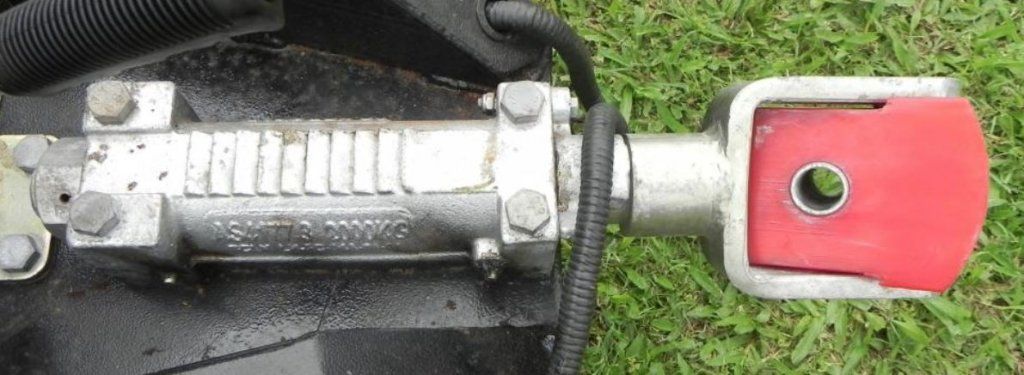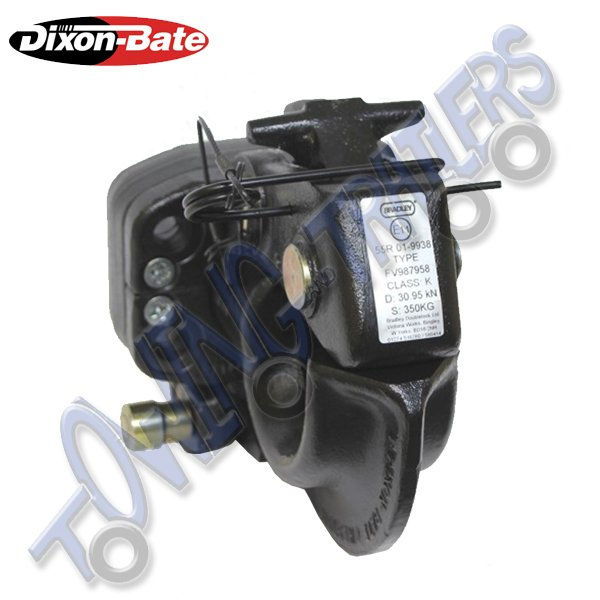Interesting arguments all round, now I'm going to throw in an element that has not been discussed but is fairly critical to the stability of the tow tug; the weight distribution ration between the front and back axles. Most cars work on a 60% front 40% rear approx ratio, putting it simply, this maintains quality steering.
The rear axle is not only accepting the tow ball weight x the distance behind the rear axle (principal of moments) but also acting as a pivot point so the more load behind, the lighter the steering and the more uncontrollable the tug could potentially become, particularly on dirt roads.
A couple of years ago I tested this and the difference was dramatic. Vehicle was a 3l Patrol towing a camper trailer with a ball load of 250kg. Back of the Patrol wasn't overly full as we had to leave space for Rigby the wonder Dog.
For black top driving I had a set of Hayman Reece load levelers and it was a dream to drive, but they had to come off for dirt and steering lightened a fair bit. Did a test, levelers on for a dirt stint and steering really bit in, took them off on the black top and it was nasty, light and twitchy on the wet road. The patrol had upgraded suspension so could handle the weight, but this made no difference to the driveability!
10 - 15% for caravan stability yes, that's a no brainer, but working out the car geometry is a whole different ball game. Uprated springs, airbags etc help the vehicle cope with the additional loads, BUT they do absolutely nothing of the driving dynamics, that is all about the weight distribution.






